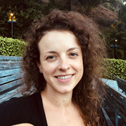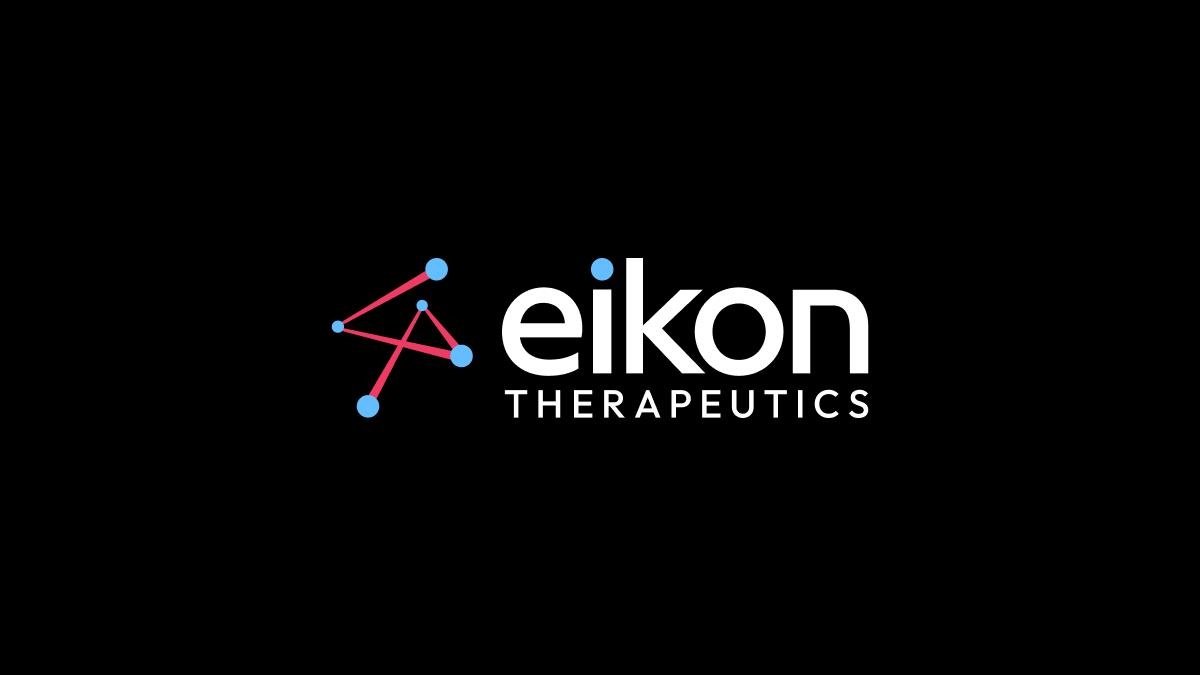Women in life sciences: Angie Franks

On International Women’s Day, pharmaphorum looks back to an interview with data infrastructure and analytics company Kalderos’ CEO Angie Franks, a longtime healthcare executive, speaking with Franks at the end of 2023, just as she replaced Brent Dover in the role.
For more than 30 years, Franks has demonstrated the ability to successfully lead organisational change and complex growth strategy in the healthcare sector. Before joining Kalderos, she served for more than six years as CEO of ABOUT Healthcare, a solutions provider for orchestrating patient access for complex acute and post-acute referrals. She was also chairman of the board of Central Logic from 2015 to 2017, before the company rebranded as ABOUT Healthcare, and was CEO of Electronic Health Records (EHR) vendor Healthland from 2010 to 2013, serving rural and critical access hospitals.
Additionally, Franks is an executive committee member on the board of directors of The Medical Alley Association, a network of healthcare organisations dedicated to healthcare transformation through innovation, and also serves on the Medical Alley Starts committee, a venture platform that accelerates the formation and growth of healthcare start-ups.
An accidental career in life sciences
When asked about how she began in the healthcare field, Franks didn’t mention the usual –hard work, determination, and a childhood-born passion – as one might expect in these types of conversations. Rather, she explains, it was a matter of fate.
“I have spent my entire career more as an accident […] an accident into healthcare,” said Franks. “I had a degree in education. I didn't expect to stumble my way into healthcare and technology and pretty much stay here ever since. I think some people find healthcare, and healthcare finds some people. For me, it's the latter.”
Whether working with provider-based organisations, such as hospital systems or working with payers or pharma, for Franks the healthcare mission ever remains one of helping people, which she finds utterly compelling.
“I took one two-year stint out of healthcare and had some fun in the youth sports technology space,” she admits. “I loved it. It was really fun, but there just wasn't as much mission as there is in healthcare, and so I find it pulls you back in. Kalderos is just another step along that journey of being very passionate about doing things that impact other people in positive ways.”
A patient-centred mission and transformative technology vision
Nonetheless, joining Kalderos – creator of the world's first Drug Discount Management platform – has been Franks’ first foray into pharma itself.
“I'm new to pharma,” explained Franks. “While I've spent all these years in other segments in and around the healthcare space, and there's a lot of commonality with other things that I've done, [but] this is new. I've probably been metaphorically drinking from the fire hose, but I love the learning and digging in deep and understanding more about the problem that we solve and the people that it can impact. Those are the factors that help really shape the vision for the company.”
In 2022, drug manufacturers paid more than $250 billion in government and commercial drug discounts. As these programmes have expanded, a combination of factors, including outdated technology, infrastructure, and processes, have made it difficult to identify or prevent duplicate discounts and other inaccurate claims, resulting in billions of dollars in waste each year. So it is that the Kalderos platform for Drug Discount Management was created, encompassing both MDRP Discount Monitoring and Commercial Discount Monitoring solutions, giving drug manufacturers better data with which to review and validate claims.
Whilst healthcare generally is very highly regulated, pharma is perhaps even more so. And Franks joined Kalderos to assist the company with its transformative technology vision.
“Kalderos is in a space [where] we've got over 40 pharma manufacture clients,” said Franks. “We also convene other parts of the ecosystem into our network. We have close to 5,000 covered entities that also work with us and are part of our ecosystem leveraging our technology. We've built a machine learning and intelligence platform that has an incredible amount of data and insights that we haven't done that much with. We can frankly do a lot more with the data that we have.
“The technology that we've built is really all about ingesting data and analysing that, applying intelligence and algorithms to identify where discounts are being stacked, where there're multiple discounts being applied to an individual claim, and then making sure that the right discount is going to the right claim. That is a very, very complex problem.”
Tackling complexities head-on, undaunted
Coming to learn of the intricacies and complexities that exist in drug discount programmes in the US, Franks has understood the incredibly detailed analysis that needs to be undertaken, whether for government, commercial, or, of course, for patients.
“As I've come in, like other parts of healthcare, what I see here is a significant amount of cost-shifting that goes on,” explained Franks. “I think it's kind of the name of the game in healthcare in general, and that is you've got commercial programmes really funding the gap and the loss in the government-regulated, the government population of patients and programmes. That is exceptionally true here in the pharma space. I think that's going to get worse.
“There's more legislation, more regulation that is coming, and that's going to continue to put pressure on certain segments of the population, which means others have to make up the delta. I think we're probably getting to a place where the question is how much more of this before we reach a tipping point and we really start driving some more dramatic change. There's a tonne of complexity in the scale these programmes have really reached. I was shocked, frankly, coming in. I had no idea about the size and scale of these programmes.”
But that hasn’t daunted her whatsoever.
“What does that mean from a vision perspective?” she mused. “We sit in a unique spot where we are already serving as a convener. We bring together the covered entities, we work with states, and we work with pharma manufacturers. I think we have a tremendous opportunity to start simplifying the process and streamlining what is probably not a process we would ever design anything to look this way.
“It's a complex process that we could use technology to connect these parties together more effectively and start making decisions closer to the point of care and closer to the point of dispense, unless way down the line on the back end. If we can simplify, streamline, automate, and really truly connect these parties together, then the impact is you can get patients access to the life-saving therapies and impacting therapies that they need access to. That is really what these programmes are designed to do. I see that as really foundational elements of the vision at Kalderos.”
Collaboration as key
However, no man – no company – is an island, and that’s something that life sciences are still struggling to come to terms with, even today.
“There's so much antagonism in healthcare,” said Franks. “It's true when you've got an industry as large as our healthcare industry is in terms of our GDP. I think across all segments of healthcare, and I've seen this in my prior lives, this is the time that we need to come together and start working together. We did it during COVID in a crisis, and I think now we're just continuing down a path of-- our healthcare system needs change.
“We have a tonne of regulatory, we have a lot of people that need access to care, and we have technology, our pharma technology, our medical device technology,” Franks explained. “We have amazing inventions that have been created in the United States and people need access to those. We can reduce complexity, we can come together, and we can simplify these processes.”
It certainly seems that, at Kalderos, Franks is the woman to be in the driving seat towards such change – all by a happy original accident into healthcare.












